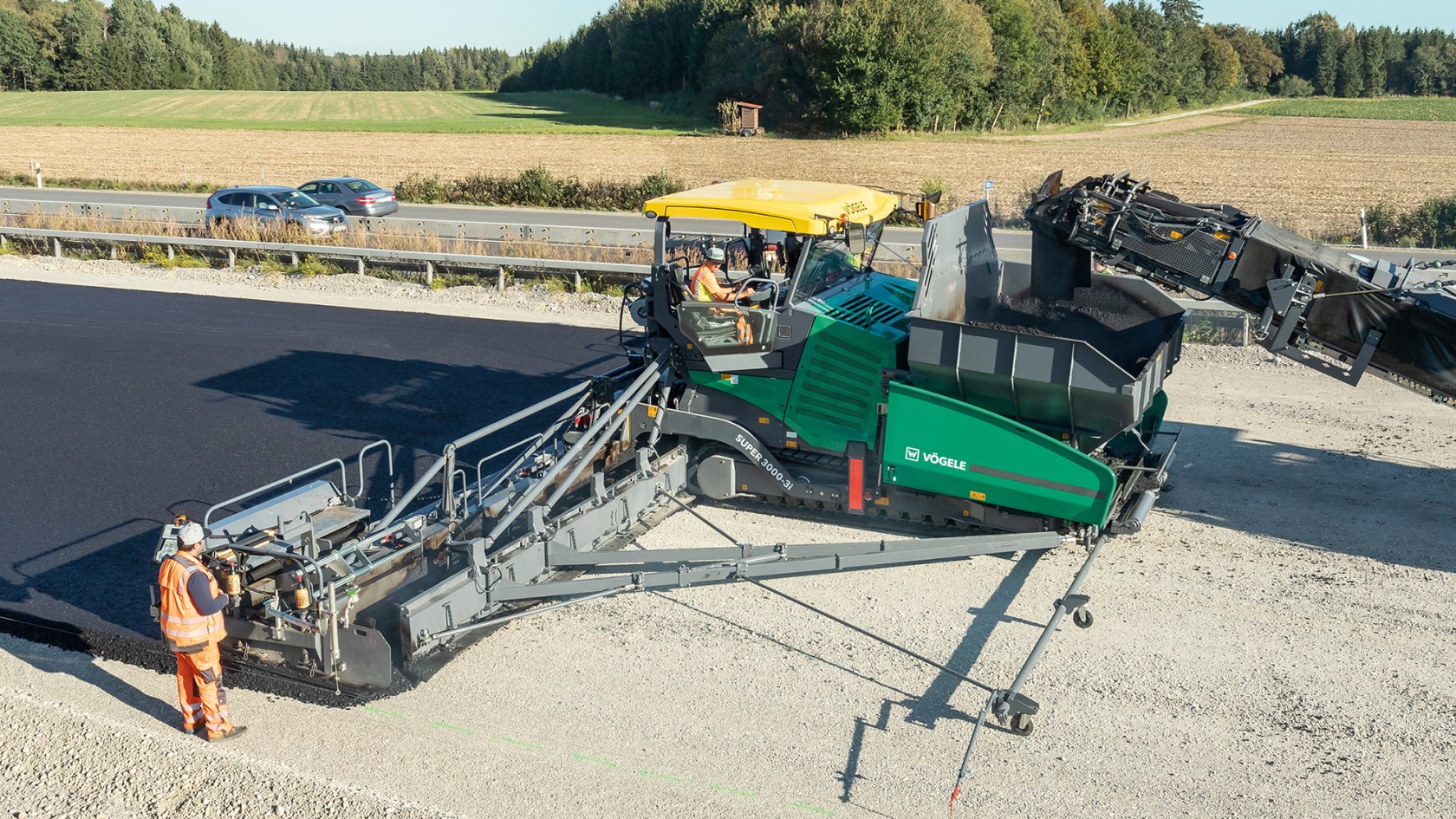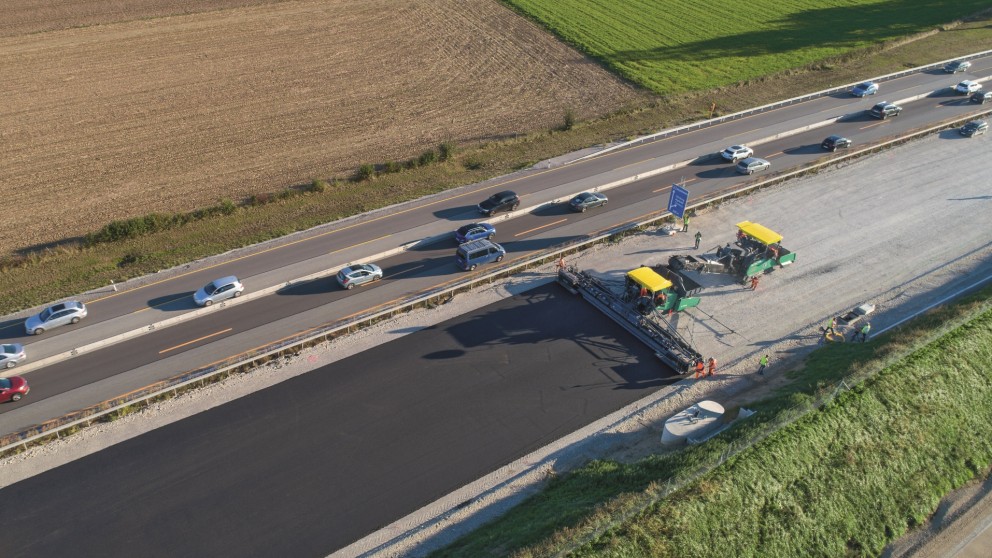How does asphalt paving work?


The road paver always sets the pace in asphalt paving. This is because its output dictates how many asphalt mixing plants need to be commissioned, how many trucks are required to transport the mix to the job site and how many rollers are necessary to produce final compaction.
With a laydown rate of up to 1,800 t/h and pave widths up to 18 m, pavers enable large-scale construction projects to be completed within an incredibly short time and pavements without joints to be produced in enormous widths.
Even the planning stage is correspondingly complex and important in asphalt paving. Depending on pave width and speed, as well as layer thickness, asphalt job sites require a real logistical tour de force to ensure that there is always enough material in front of the paver screed – the natural enemies of fresh mix are paving interruptions and material cooling.
Comprehensive process optimization, simple documentation or paving temperature monitoring – with WITOS Paving Plus, WITOS Paving Docu and RoadScan, VÖGELE delivers the right digital solutions for every requirement.
Go to WITOS PavingAnother important feature in addition to temperature is the gentlest possible handling of the mix. This is because asphalt consists of crushed stone in different particle sizes coated with bitumen, so if it is not handled gently enough, it can become segregated. Every point at which material is transferred – so from the truck to the paver on the job site, for example – is critical here, which is why the design of the material hopper and an optimum flow of material are just as important in this process as they are in the continued transport of the mix.
Conveyors continue the transport of the mix through the paver, discharging it in front of the screed where augers spread it across the pave width required. Fixed-width or extending screeds perform the actual paving, using a variety of systems such as tampers, vibrators and pressure bars to precompact the base, binder or surface course produced.
Material feeders are frequently used to keep material flowing, especially on large job sites. These supplementary machines uncouple material transfer, transporting the asphalt to the paver on a conveyor.
The compaction of high compaction screeds enables the rollers following the road paver to achieve the final compaction required by the client in fewer passes. Co-ordination is usually effected in terms of either high compaction or rapid machine advance which has an impact on the number of rollers required. Continue to Asphalt compaction.
Road pavers
Screeds
ECO asphalt mixing plants
Inset slipform pavers are the preferred choice for the economical production of large concrete slabs, such as on heavily trafficked motorways or airport runways.
Click here for more information on concrete paving with slipform pavers from WIRTGEN.
View inset concrete paving